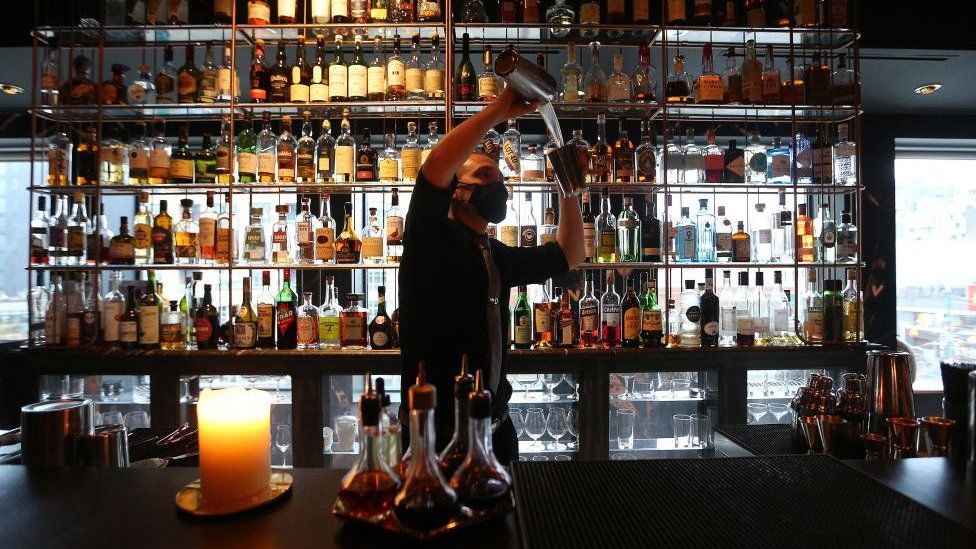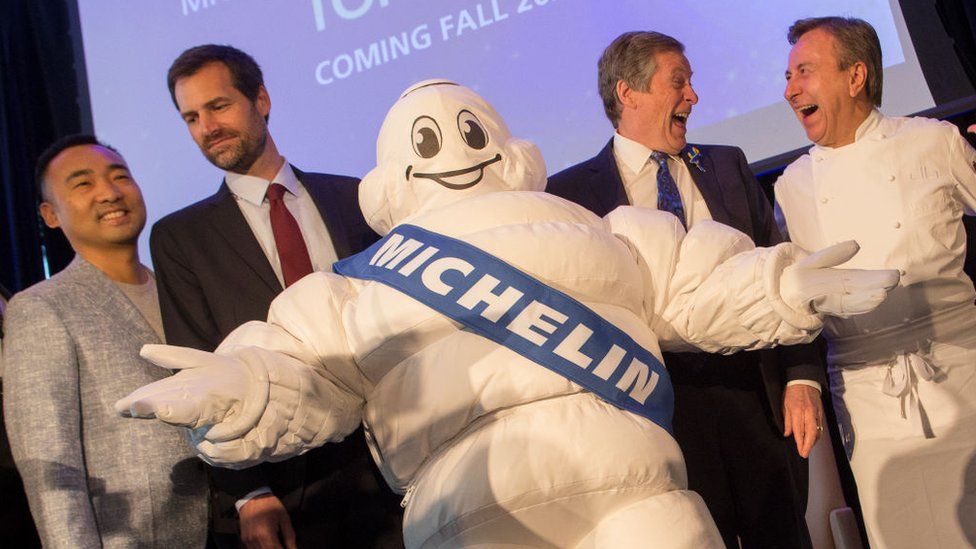What businesses and cities must do to stay within ‘safe and just’ environmental limits for carbon, water, nutrients, land and other natural resources is the subject of a new set of recommendations from Earth Commission experts.
The authors, from academic institutions including the University of Exeter Business School, have published key knowledge gaps for researchers to help cities and businesses to operate within Earth system limits in the journal Nature.
It comes ahead of an Earth Commission report due out next year that will outline a range of ‘Earth system boundaries’ (ESBs) based on the latest science, modelling and literature assessments.
A decade ago, scientists defined a set of planetary boundaries within which humanity can operate ‘safely’ in nine areas – climate change, the biosphere, nutrients, water, land use, ocean acidification, ozone depletion, aerosols and novel entities – and the soon-to-be-defined ESBs will add a social justice dimension, to ensure quantified boundaries are ‘just’ as well as ‘safe’.
The researchers argue that methods need to be developed to identify what cities and companies must do for the world to stay within the ESBs and to help them assess their share of responsibility towards global budgets of carbon, water, nutrients, land and other natural resources, and set targets to protect them.
The authors argue for ‘science-based targets’ and say objectives must be ‘measurable, actionable and time-bound’, pointing out that few cities and companies currently have science-based targets and of the top 200 cities with the highest emissions, only 110 have ‘net zero’ pledges that align with the Paris Agreement.
Lead author Xuemei Bai, Distinguished Professor at the Fenner School of Environment and Society at The Australian National University and a member of the Earth Commission said: “It's a long haul, but humanity needs to stay within our planet’s finite budgets. Developing scientifically-robust and socially-just methods to allocate natural resources and responsibilities is essential to respect them.
“Cities and companies are main contributors to planetary level changes, but also key actors for solutions. There are knowledge gaps in how to translate such boundaries into concrete allocations for businesses and cities, and our recommendations seek to fill those gaps.”
Co-author Gail Whiteman, Professor of Sustainability at University of Exeter Business School said: “Our work makes the strong case for breakthrough joint actions by companies and cities to synergistically tackle urban hot spots within Earth System Boundaries using science-based limits. Right now, corporate and urban targets are siloed. A key next step is for initiatives like the International Sustainability Standards Board and the Science Based Targets Network to integrate ESBs and encourage joint action.”
Co-author Johan Rockström, co-chair of the Earth Commission and director of the Potsdam Institute for Climate Impact Research, said that “Earth system boundaries are linked, so targets need to be aligned. Measures that focus on one domain can be beneficial or detrimental to others.
“Climate change, for instance, depends on land-based processes — such as methane emissions from thawing permafrost and weakened carbon sinks through deforestation. Several pressure points can combine so that tipping points are reached sooner.”
Co-author Şiir Kılkış, senior researcher at the Scientific and Technological Research Council of Turkey said: “Cities exchange people, energy and goods with their local and global hinterlands. The top 200 cities with the largest greenhouse-gas emissions also host the headquarters of 360 of the top 500 emitting companies.
“Looking across domains, more than 50% of these cities and companies are in water-stressed areas, including Mexico City, Santiago, Beijing, Madrid, New Delhi, Rome, Istanbul in Turkey and Phoenix, Arizona.”
Co-author Anders Bjørn, postdoctoral fellow at the Technical University of Denmark said: “It is encouraging that more and more companies are setting reduction targets for carbon emissions based on the 1.5-degree Paris goal. These science-based targets are typically more ambitious than national commitments and should inspire more action from policymakers at different levels. Now we need the biggest emitters and resource consumers to step up and do their part in limiting climate change and protecting all other Earth system boundaries.”
Erin Billman, Executive Director of Science Based Targets Network advised that “Earth Commission's critical work on Earth system boundaries is directly informing Science Based Targets Network's development of environmental science-based targets (SBTs) for companies and cities, which build upon climate SBTs to cover freshwater, land, ocean and biodiversity.”
The authors highlight seven recommendations for researchers aiming to translate ESBs into concrete steps for cities and businesses.
1. Develop common procedures
Principles and protocols must be developed, and methods, metrics, assumptions and uncertainties must be clear. Without such clarity, cities and companies may seek to minimise their own responsibility and maximise the resources they claim; powerful actors may exert undue influence.
2. Focus on interactions
Earth system boundaries are linked, so targets need to be aligned. Climate change, for instance, depends on land processes – from methane emissions from thawing permafrost to weakened carbon sinks through deforestation. Researchers should identify key activities that span several ESBs and evaluate what can be achieved by targeting them.
3. Acknowledge dynamics
Most targets focus on a particular date, like 2030 or 2050. But pathways are important. For example, reducing carbon emissions linearly to net zero by 2050 would result in less warming than keeping them high for the next decade and then dropping suddenly. Researchers must develop an agile approach – time-sensitive and dynamic goal setting that allows regular checking, adjustment and updating.
4. Allocate for justice and equity
Targets need to reflect socioeconomic contexts, such as income and consumption levels, environmental impacts or capabilities to act. For example, cities with high consumption levels, historical emissions or high revenues should arguably adopt more stringent targets than others.
5. Support monitoring and accountability
Much work needs to be done to support monitoring and accountability. We recommend that initiatives, such as the new International Sustainability Standards Board, engage with cross-disciplinary scientists to ensure that their proposed ‘global baseline of sustainability-related disclosure standards’ explicitly link cities and companies with ESBs. Independent auditing systems are also needed.
6. Establish governance mechanisms
New policies and regulations will be needed to incentivise or mandate cities and companies to adopt targets. One approach is to recognize each of the ESB domains as a global commons. For climate change, the United Nations could initiate intergovernmental panels and call on governments to mandate science-based target setting for large cities and companies. There is no guarantee this would fix the problem, but it would put ESBs onto the policy agenda.
7. Design incentives
Widespread adoption of science-based target setting by cities and companies is essential, as they can also prompt and incentivise national governments to follow the suit. Quality trademarks for products and services, such as ‘kitemarks’ or positive labels, could be issued to raise awareness and encourage others. Financial incentives should be scaled up and expanded.
‘How to stop cities and companies causing planetary harm’, by Earth Commission authors from the Australian National University, Technical University of Denmark, University of Exeter Business School, Scientific and Technological Research Council of Turkey, University of Graz, University of Potsdam and Potsdam Institute for Climate Impact Research (PIK), is published in the journal Nature.
METHOD OF RESEARCH
Commentary/editorial
SUBJECT OF RESEARCH
Not applicable
ARTICLE TITLE
How to stop cities and companies causing planetary harm
ARTICLE PUBLICATION DATE
12-Sep-2022



